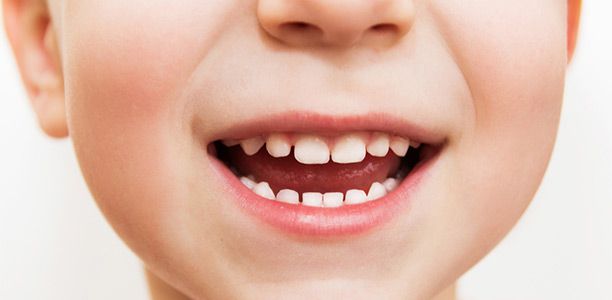Research presented at the ASM Microbe research meeting provides compelling evidence that children acquire Streptococcus mutans, the bacterium most frequently associated with dental caries, from intra- and extra-familial sources besides their mother.
Children typically have more than one strain (i.e., genotype) of S. mutans and most share at least one strain with mother or a family member. However, 72% of children in this study had 1 or more S. mutans strains not found in participating household family members indicating these strains likely came from outside the home (extra-familial transmission), possibly from other children in the population.
“While the prevailing theory on S. mutans transmission suggests mother-to-child transmission as the primary route of infection, in this study 40% of children shared no strains with their mothers,” said Stephanie Momeni, a doctoral candidate in the Department of Biology at the University of Alabama at Birmingham. Interestingly, 27 children (22.8%) shared 37 strains only with another child in the household (siblings or cousins), demonstrating another dimension to inter-familial transmission.
“Of the children that did not share strains with any household members, 33% (53/157) were found to have only 1 isolate, indicating these strains to be rare or transient,” said Momeni. This is important since it suggests that approximately one-third of strains analysed may not be clinically relevant and can confound the search for strains related to the disease. It also suggests these strains are highly transmissible but may not become established strains due to bacterial competition or host immune factors.
S. mutans is the primary bacterium most frequently associated with dental caries and is considered to be transferred from other humans. In total, S. mutans isolates (N=13,145) from 119 African American children having at least 1 household family member were evaluated. More than one family member was evaluated for 76% of children (mean=3.24, range 1-11). The strength of this study is that it evaluates interacting children as well as all participating residential household family members (including extended family). Strain types were determined using a bacterial typing method known as repetitive extragenic palindromic PCR (rep-PCR). For each rep-PCR genotype, children were evaluated as either sharing or not sharing the strain with any household members. Since children in this study had between 1-9 genotypes, a total of 315 genotype cases were evaluated.
“While the data supports that S. mutans is often acquired through mother-to-child interactions, the current study illuminates the importance of child-to-child acquisition of S. mutans strains and the need to consider these routes of transmission in dental caries risk assessments, prevention and treatment strategies,” said Momeni.
Further analysis with an alternate bacterial typing method is needed to confirm these findings and it is important to note that not all household family members chose to participate in the study.
Momeni will present her research, conducted in the laboratory of Noel Childers, DDS, Joseph F. Volker Endowed Chair and Chair of UAB’s Department of Pediatric Dentistry, at the American Society for Microbiology MICROBE Meeting in Boston, MA on June 17. The National Institute of Dental and Craniofacial Research provided research funding for the project.
(Source: American Society for Microbiology)










